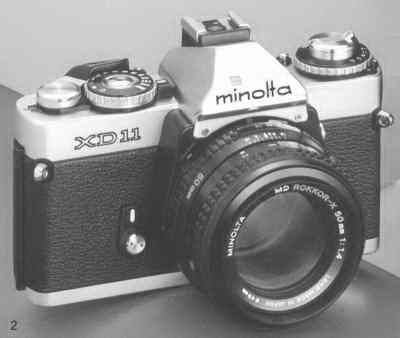

XD-11
(1977) The XE-7 and XE-5 were superb cameras, with easy-to-use, full-aperture, automatic exposure, but Minolta could not sit on it's laurels. It faced new challenges from other camera companies. Specifically, other companies were making cameras with features similar to the XE-7 and XE-5, but with smaller and lighter bodies. First, there was the Olympus OM-2 of 1975, and then the Pentax ME. Minolta jumped into the fray -- but with a twist. To out-pace the competition, Minolta produced a smaller and lighter camera with a multi-mode, auto-exposure feature. In fact, it was the world's first camera which could be set for either aperture-preferred or shutter-preferred exposure automation -- and manual mode, too, of course. That's the XD-11. Plus, Minolta added a host of new features. While other companies dropped features to allow for the smaller, lighter body-styling, the XD-11 had a new, smaller body style with more!
First, you'll notice the super-soft leatherette exterior when you pick it up. It feels more like a glove than a camera. And when you take a picture, you'll notice the new, quiet, vertical, metal Seiko shutter. OK, so you WON'T notice it; but you SHOULD notice that you don't notice it. Then you'll notice that the XD-11 takes a detachable motor drive -- the first Minolta camera to offer this feature. The motor drives on the earlier models were permanently attached.
But the XD-11 is not an improved, smaller XE-7. There are several style and feature changes that make each of these two cameras desirable, in their own way. For example, the needle display of the XE-7 is gone. It is replaced with an LED scale which has its pluses and minuses. The LED's are easy to see in the dark, but the shutter speeds next to them are not. The LED display drains a lot more battery power and it protrudes into the picture area. But otherwise the viewfinder is similar to the XE-7. And, in fact, the XD-11 viewfinder display changes depending on the exposure mode selected.
In aperture-preferred mode, the manually-selected f-stop is displayed on the bottom of the viewfinder and the
shutter speed that will be automatically selected is displayed on the LED scale on the right.
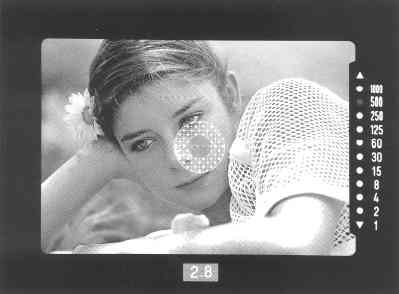
In shutter-preferred mode, the manually-selected speed is displayed on the bottom of the viewfinder and the f-stop
that will be automatically selected is displayed on the LED scale on the right.
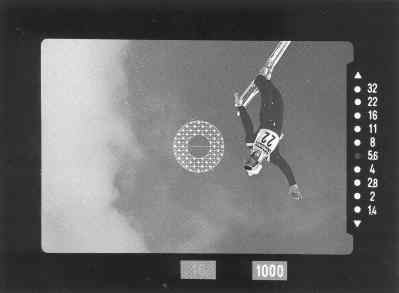
In manual mode, the manually-selected f-stop and shutter speed are displayed on the bottom of the viewfinder and
the recommended shutter speed is displayed on the LED scale on the right.
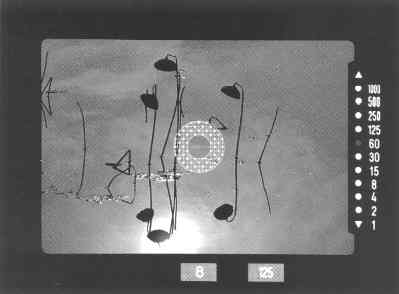
The viewfinder has additional new features as well. Minolta developed a new focusing screen, called the Acute
Matte Screen, made up of millions of tiny lens (similar in appearance to a honeycomb) which provides more even
illumination with no light fall-off in the corners. The Acute Matte screen also makes the viewfinder noticeably
brighter and sharper. The screen was interchangeable, and Minolta made PM (standard), AP, M, and G screens.
To top it off, the XD-11 has a viewfinder shutter which keeps stray light out of the viewfinder (and off
of the meter cells) while the camera is used in auto-exposure mode.
Another change is that the XD-11 does not have the on/off switch of the XE-7. To activate the meter on the XD-11, the shutter release is depressed slightly. Some people love this, others hate it. The proponents contend that it is much easier to use than a separate switch. And when you remove your finger from the shutter release, the camera is automatically; turned off -- saving valuable battery power from the power-sucking LED readout. The detractors claim that it is too easy to take a picture by mistake. In reality, both statements are true.
The switch that selects the exposure mode is another bone of contention. On the XK and XE-7, the shutter speed dial has all of the traditional speeds (for manual exposure), plus an "A" (for automatic exposure). On the XD-11, this clean set-up is gone. There's still a shutter speed dial, but it just has the speeds; there is a separate switch that must be set for manual exposure mode "M", shutter-preferred mode "S", or aperture-preferred mode "A". If you want to work in manual mode, you can't just set the shutter speed dial, as you do on the XK and XE-7. You also must set the mode switch to "M". If you forget to do this, your exposures will not be what you expected. XD-11 supporters don't have a problem with this set-up, but others find it unnecessarily complicated.
Metering also saw changes from the XE-7. Minolta called it "Final Check" metering, and it was quite a change -- if not an improvement. On the XK and XE-7 cameras, the metering for automatic exposure is done at full-aperture and the meter-coupling (MC) system modifies the exposure mechanically. It just estimates what the exposure should be, since the lens is actually not set at the final f-stop when the meter reading is taken. On the XD-11, a meter reading is displayed at full aperture, but there is a "Final Check" after the lens stops down -- just an instant before the exposure is made. Minolta states that this is more accurate than mechanically estimating what the exposure should be, and that this approach allows for last-instant changes in the illumination of the scene. While this is true, the old CDS cells were inadequate for the task. They function too slowly for reliable use, so the XD-11 was equipped with costly but responsive, silicon cells. Also, the CLC metering method of the XE-7 was dropped in favor of a simpler center-weighted method. Once again, some prefer this approach, while others think that the CLC method is more advanced. One problem for photographers with different cameras is that they can get different exposures of the same scene when using different cameras.
The XD-11 also offered a new approach to electronic flash use -- dedicated flash units. With one of Minolta's new X flashes, the correct shutter speed is automatically set when the unit is attached to the camera. No more need to manually change the shutter speed dial to "X" -- no matter what the shutter speed dial happens to be set at, the actual shutter speed is automatically set to "X". If the flash has reached full power, an LED in the viewfinder blinks, and if it hasn't, the camera reverts to the non-flash exposure modes.
Minolta also added a detachable motor drive, the Autowinder D, to help out in shutter-preferred mode (the winder will work in any exposure mode, and shutter-preferred mode operates correctly without the winder). The autowinder provides for exposures of up to 2 frames per second and is both small and lightweight. Some people who are comfortable with the larger and heavier XE-7, prefer to use the XD-11 with the autowinder in place, just to make the lightweight camera more substantive in use. (The autowinder G looks the same as the Autowinder D but cannot be used on the XD-11. Neither can the later Motor Drive MD-1) Another new feature of the XD-11 was the removable camera back and optional Data Back D. Useable with or without the autowinder, the Data Back D can imprint dates in the corner of the images.
To take advantage of the new shutter-preferred features of the XD-11, a new line of lenses, the MD Rokkor-X series was introduced. These are reported to have more exact aperture mechanisms in the lenses to operate better in shutter-preferred automatic exposure mode -- where the camera sets the f-stop in the lens and displays the set f-stop in the viewfinder. In fact, older, non-MD lenses will work with the XD-11, but the f-stop viewfinder information will not be correct.
The XD-11 was always a work in progress -- the only other Minolta SLR that had as many changes made to it over its production period was the Minolta SR-1. There are actually several variants of the XD-11, with external, cosmetic and internal, mechanical changes during its production run. For example, the original models came with a super-soft leatherette. This covering had a tendency to shrink over time, so Minolta replaced it with a less supple, but more stable, covering once they realized the problem. In addition, screws changed from the slotted variety to the Phillips type, internal circuit boards saw minor changes, and tiny indentations were placed on the shutter blades to prevent sticking. Most of these differences you'll never notice. Only the most noticeable or important changes are listed below. These model numbers are not inscribed on the cameras and are merely a descriptive tool created by MINMAN. Other web sites will only list one version of the XD-11, and some will group the various models differently. Since this was an evolution of a camera, the exact timing of these changes is unknown, and they likely did not happen separately -- so intermediate versions are likely to be seen..
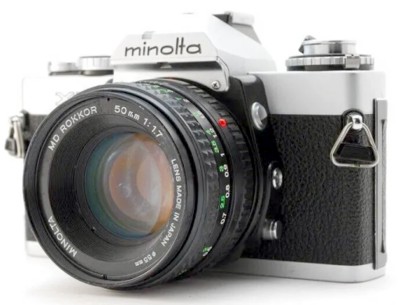




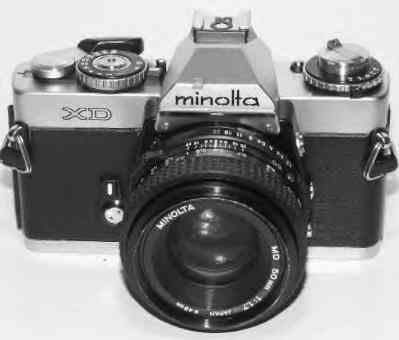
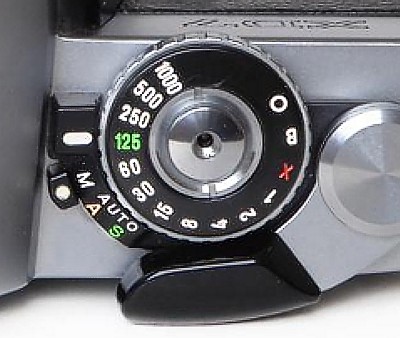






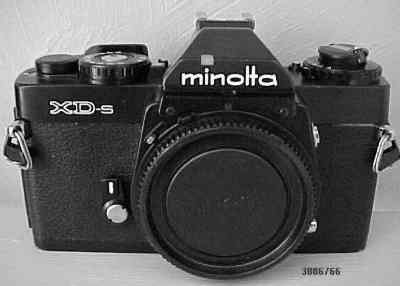

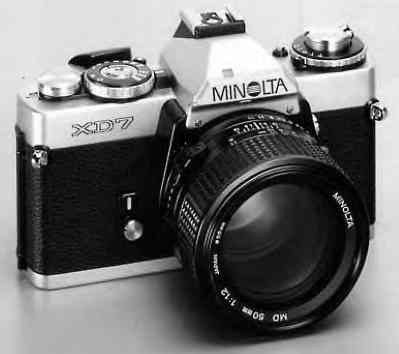

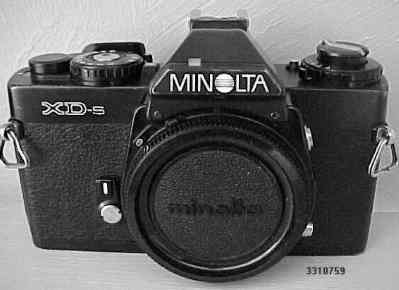
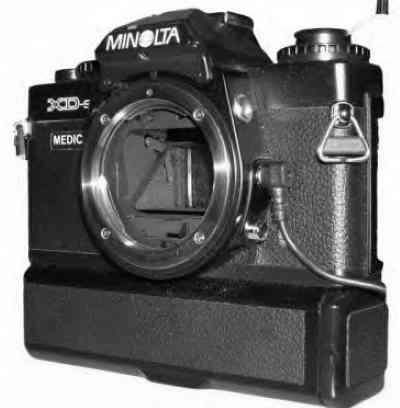
While many love the feel and operation of the XD-11, others find it overkill. It has lots of amazing innovations, but for many photographers, they are less than important. For example, if you don't need shutter-preferred exposure automation, the XD-11 probably isn't for you. You'll pay more than you need to for a camera that's more complicated than the XE-7. Fortunately, Minolta appreciated this dilemma. The XD-11 was just too expensive for most photographers and had too many features. So at the same time that Minolta introduced the XD-11, they introduced the XG-7, which is basically an XE-7 in the smaller, lighter body of the XD-11 -- and with a more reasonable price tag. Maybe that's where the "7" in XG-7 comes from!
The XD-11 lived on past 1981, when Minolta stopped production. Camera and body parts continued to be made, and the XD-11 became the basic ingredient of the Leica R4 through R7. This had been determined in an agreement with Leica, which had helped design the XD-11, from the beginning. So, at the same time that Leica took over production of the XD-11 (R4), in 1981, Minolta replaced the XD-11 with the X-700, a camera which retained the most popular features of the XD-11 and added some new ones -- like programmed automatic exposure (and for some reason dropped the shutter-preferred automatic exposure mode!). Other camera manufacturers, such as Canon with the A-1 and Fuji with the AX-5, continued down the multi-mode path that Minolta created with the XD-11. Wisely, Minolta realized that multi-mode cameras could easily became needlessly complicated with an over-abundance of features claiming to simplify the picture-taking process. Having needless multi-modes also increased the price of a camera and put it out of the reach of many photographers -- so Minolta created the versatile XG series of cameras.
For a comparative look at the major features of the numerous XD-11 models, check out MINMAN's SLR table -- the world's most complete!

RETURN TO THE MANUAL MINOLTA HOME PAGE We didn't want to do this, but since other web
sites have been stealing our stuff, we have no alternative but to state:
COPYRIGHT@1995-2024 by Joe McGloin.
All Rights Reserved. The material on this website is protected by US Federal copyright laws. It cannot be copied
or used in any manner without specific approval from the owner.
The material on this website is protected by US Federal copyright laws. It cannot be copied or used in any manner without specific approval from the owner.